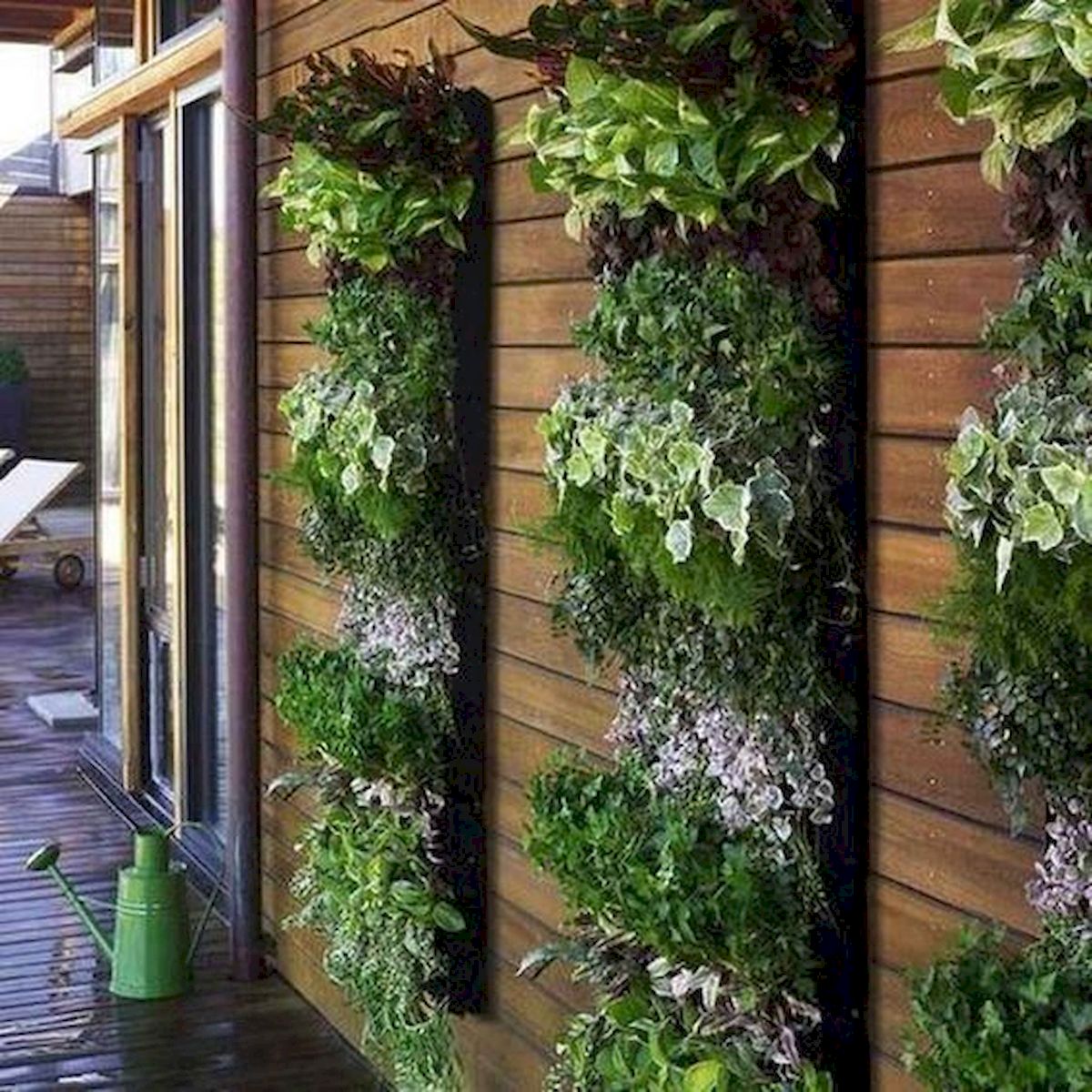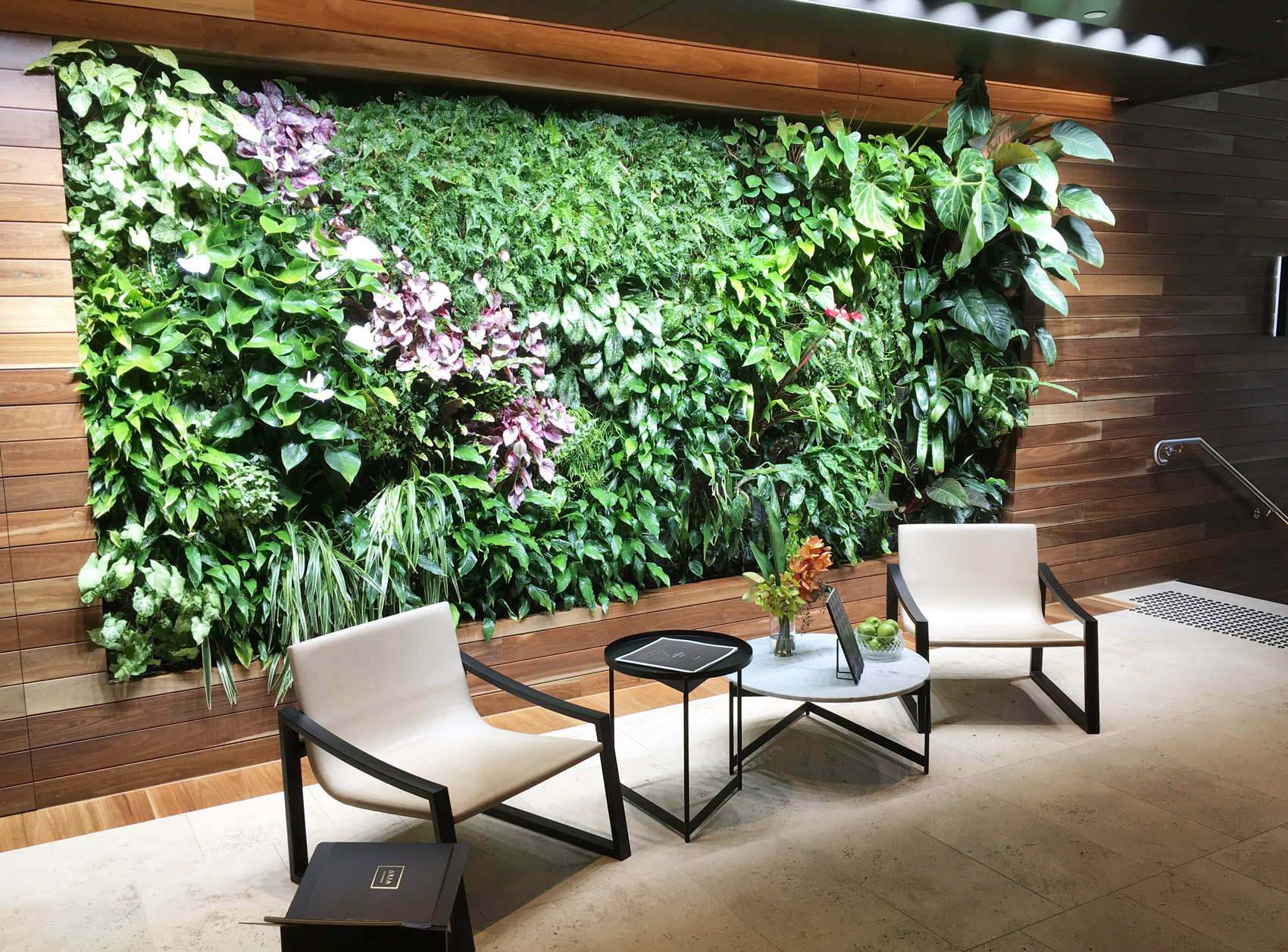
The Rise of Vertical Gardens

In recent years, the concept of vertical gardens has been gaining popularity as a creative and innovative way to introduce greenery into urban environments. With limited space available for traditional gardens, vertical gardens offer a solution by utilizing vertical surfaces such as walls and fences to cultivate plants. This article explores the reasons behind the surge in popularity of vertical gardens, delving into their benefits, design possibilities, and the growing trend of incorporating them into both indoor and outdoor spaces.
The Benefits of Vertical Gardens

Vertical gardens offer a range of benefits that make them an attractive choice for individuals, businesses, and communities alike. Some of the key advantages include:
- Space Optimization: One of the primary reasons for the popularity of vertical gardens is their ability to maximize space. In urban areas where land is limited, vertical gardens allow for the cultivation of plants without requiring large ground areas.
- Aesthetic Appeal: Vertical gardens are visually striking and can transform dull walls into vibrant displays of greenery. They add a touch of nature to urban landscapes, creating a more inviting and pleasant environment.
- Air Quality Improvement: Plants are natural air purifiers, and vertical gardens can significantly contribute to improving air quality in urban areas. They absorb pollutants, release oxygen, and help mitigate the effects of air pollution.
- Noise Reduction: The foliage in vertical gardens acts as a natural sound barrier, absorbing sound waves and reducing noise pollution. This makes them particularly beneficial in busy urban locations.
- Temperature Regulation: Vertical gardens can help regulate temperature by providing insulation. They create a cooling effect in hot climates and can reduce the energy consumption of buildings by reducing the need for air conditioning.
- Food Production: Vertical gardens can be used to grow fruits, vegetables, and herbs, providing a sustainable source of fresh produce in urban areas where access to land for traditional agriculture is limited.
Design Possibilities of Vertical Gardens

The versatility of vertical gardens allows for endless design possibilities, making them adaptable to various spaces and architectural styles. Some popular design options include:
- Living Walls: Living walls are vertical gardens consisting of plants growing directly on a wall or structure. They can be designed with a variety of plant species, creating a lush and visually appealing display.
- Modular Systems: Modular systems are pre-fabricated panels or modules that can be easily installed and combined to create vertical gardens. These systems offer flexibility in terms of design and allow for easy maintenance.
- Vertical Planters: Vertical planters are containers attached to a wall or mounted on a freestanding structure. They provide an opportunity to grow plants in a more organized and controlled manner, especially for smaller spaces.
- Green Facades: Green facades involve covering the exterior of a building with climbing plants. This design option adds a touch of natural beauty to the architecture while providing the benefits of vertical gardens.
- Indoor Gardens: Vertical gardens are not limited to outdoor spaces. They can also be incorporated into indoor environments, bringing nature into homes, offices, and public spaces. These indoor gardens often utilize specialized systems to provide proper lighting, irrigation, and ventilation for the plants.
The Growing Trend of Vertical Gardens

The popularity of vertical gardens can be attributed to several factors contributing to the growing trend:
- Urbanization: As urban areas continue to expand, the need for green spaces becomes more pressing. Vertical gardens offer a solution to the lack of available land for traditional gardens in cities and provide an opportunity to reconnect with nature.
- Wellness and Biophilia: The increasing awareness of the positive impact of nature on well-being has led to the integration of green spaces into urban environments. Vertical gardens contribute to the concept of biophilia, which suggests that humans have an innate affinity for nature.
- Sustainability: Vertical gardens align with the growing interest in sustainability and eco-friendly practices. They can contribute to improved energy efficiency, reduced carbon footprint, and the promotion of biodiversity in urban areas.
- Architectural Innovation: Architects and designers are embracing vertical gardens as a way to add a unique and eco-friendly element to their projects. The integration of greenery into buildings and public spaces has become a design trend, enhancing the overall aesthetic and functionality.
- Community Engagement: Vertical gardens have the potential to bring communities together. They can be used as a tool for urban farming initiatives, community gardens, and educational programs, fostering a sense of belonging and environmental stewardship.
Conclusion

The rise of vertical gardens can be attributed to their numerous benefits, design possibilities, and their alignment with the growing interest in sustainability and well-being. As urban areas continue to expand, the need for green spaces becomes increasingly important. Vertical gardens provide a solution by transforming bland surfaces into vibrant displays of nature, improving air quality, reducing noise pollution, and even offering the opportunity for food production. With their versatility and adaptability, vertical gardens have become a popular trend in both indoor and outdoor spaces, enhancing the aesthetic appeal of buildings and contributing to the well-being of individuals and communities. As the world becomes more conscious of the need for sustainable and green solutions, vertical gardens are likely to continue their upward trajectory as a popular choice for introducing nature into urban environments.